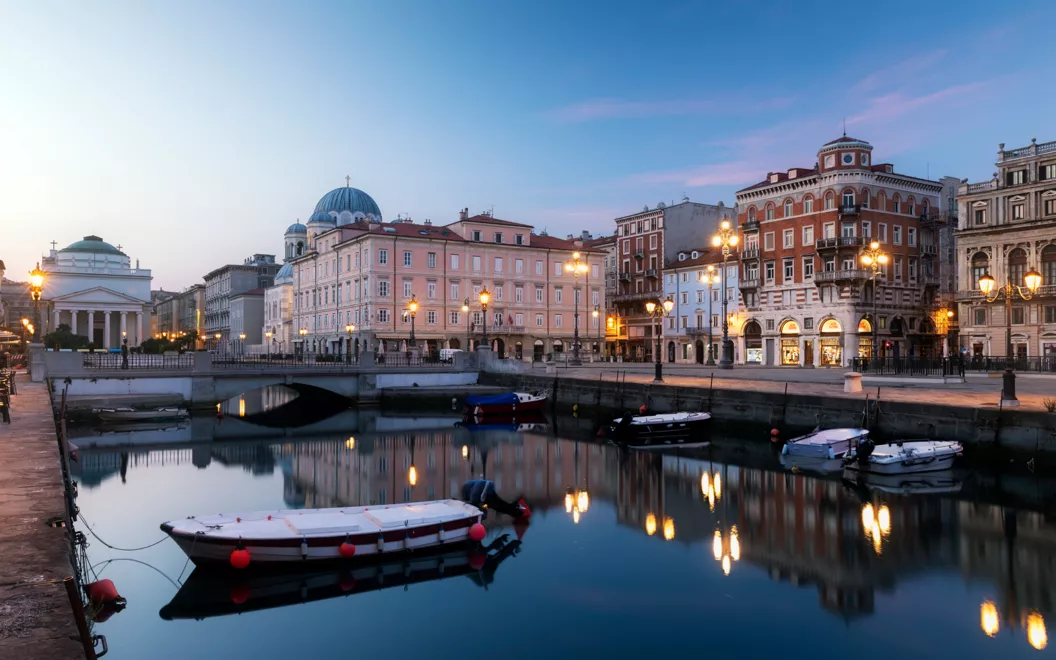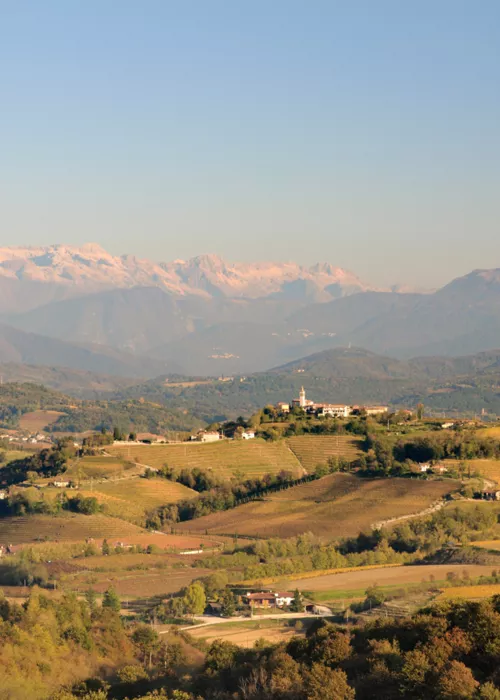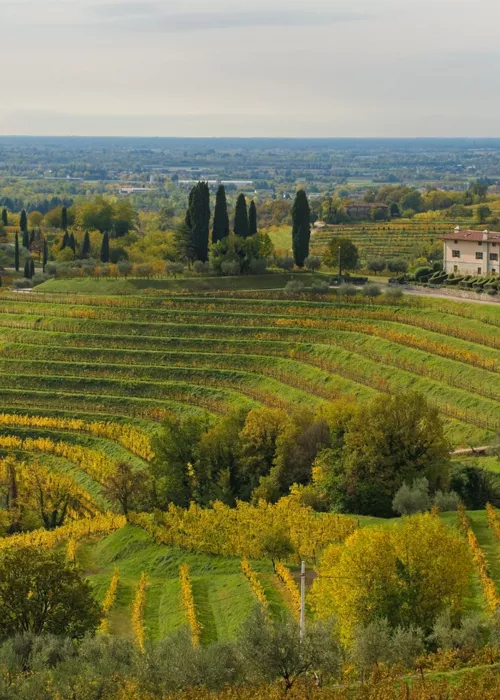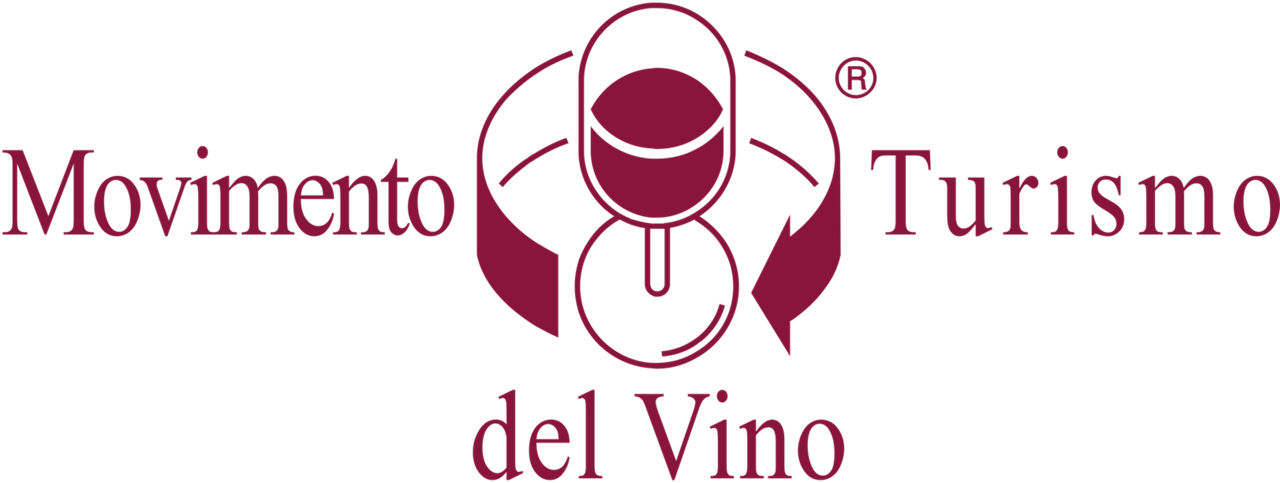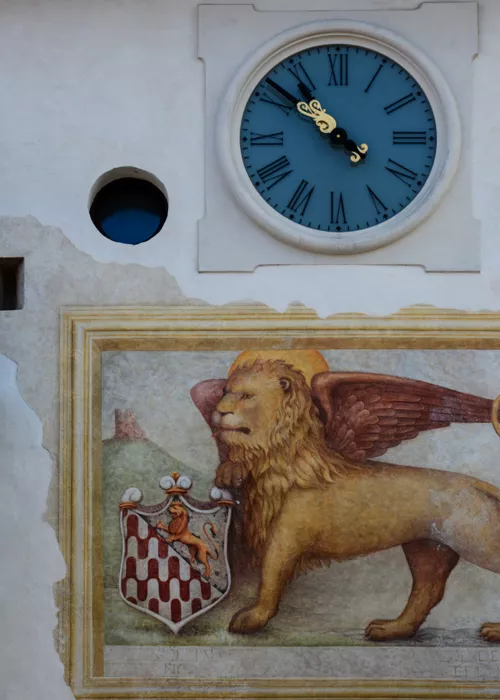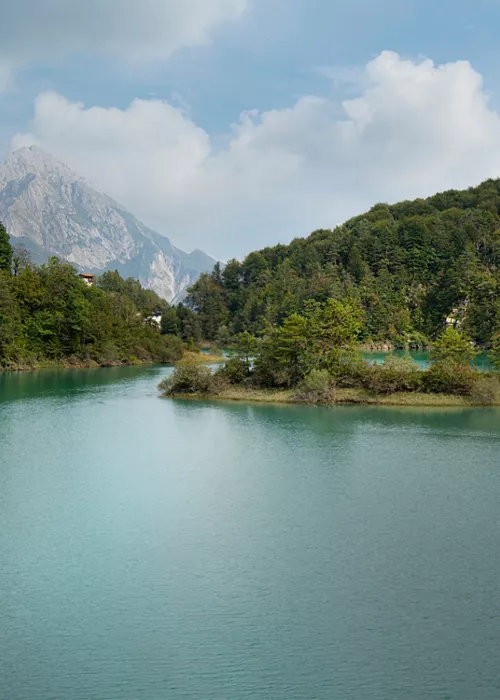Borgo Teresiano

There are many ways to reach Trieste. The most evocative would be by sea, in which case one would probably land at the Ferry Port on the Shore. However, to immediately see the grid of blocks in Borgo Teresiano to the north of the old city, around the Grand Canal, which was the 18th century port, the most practical choice is the train.
You alight at Trieste Centrale, as the old Habsburg imperial station, Trieste Campo Marzio, which was more focused on Mitteleuropa, was decommissioned decades ago, becoming a railway museum, and is now closed to the public.
The road from Trieste Centrale to Piazza Unità d'Italia is short and passes through the geometric streets of Borgo Teresiano, which are unspectacular but revealing: bank buildings, the Post Office building on Piazza Vittorio Veneto, with beside it the Narodni dom (house of the people) of the Slovenian community, now an excellent University Interpreter's School, and Piazza della Borsa.
In the midst of all this, on the Grand Canal, is "Giovannin de Ponterosso", the nickname given by all to a cherub and patron at the top of an 18th-century fountain.
Piazza Unità d’Italia

It's true, Trieste has many points of attraction, such as San Giusto Cathedral, the San Sabba rice mill and the Basovizza Foibe Memorial. The city's throbbing heart, however, is found in "Piazza Unità". With an area of 12,000 square metres, it is one of the largest squares in Italy and, as may be expected in this context, it overlooks the sea.
Back in the 18th century, when the square was smaller, the pyramid-shaped Fountain of the Four Continents (Oceania was not known to exist at the time) and the Column with the statue of the Holy Roman Emperor, Charles VI of Habsburg, stood a little way from the shore. Charles VI certainly deserved his own monument, as he had initiated Trieste's commercial fortunes in 1719 by establishing it as a free port, with no taxes for goods in transit, to the particular benefit of Mitteleuropa, Trieste's huge natural hinterland.
Towards Piazza della Borsa, the Tergesteo building features a gallery with cafés and shops modelled on the arcades of other imperial cities, while the upper floors have flats and offices. On the first floor, bank clerk Aron Hector Schmitz, better known as the author of The Conscience of Zeno, worked for decades under the literary pseudonym Italo Svevo. His nom de plume was yet another indication of the city's Italian and Germanic dual identity at that time, and his best-known novel is about the role of Trieste in the arrival of Sigmund Freud's Viennese psychoanalysis in Italy.
The rear facade of the Tergesteo overlooks the Verdi Theatre, with its notable tradition of opera and operetta.
Roman Theatre

Moving away from "Piazza Unità", the sea and the Borgo Teresiano, you soon come to the Roman Theatre, the most important monument of imperial Roman Tergeste.
The theatre was built between the first and second centuries on the slope of the hill later to be named after the Cathedral of San Giusto. The cavea is divided radially into four sectors, facing the fixed stage downstream. It is a rigorous set, although not on the scale of a Colosseum or an Arena in Verona: it was a performance space, not a circular amphitheatre for games.
To appreciate the overall impression, it is good to envisage the original context: apparently, in ancient times, the theatre directly overlooked the sea.
From here, you can easily reach the staircase up to the 17th-century church of Santa Maria Maggiore and then enter the old city, continuing on foot past shops and bars towards Piazza di Cavana.
Arco di Riccardo

The cobblestoned Via San Silvestro leads to the other open-air legacy of Roman Tergeste. You walk up and down, through that part of the old city that climbs up San Giusto hill.
The name is obviously not associated with any historical figure named Richard, although it has been suggested that it may derive from a mediaeval deformation of King ("Re") Charlemagne. A more likely hypothesis is that the popular but now established name may have originated from the Latin word cardo, for a Roman city street. However, no conclusive evidence has been found so far, and it has even been suggested recently that the arch might have been merely the entrance to a sanctuary.
Piazzetta San Silvestro continues on Via della Cattedrale, the street that leads to San Giusto Cathedral.
Le Rive

This is one of those places where it doesn't make much sense to indicate a single access point. The entire seaward side of the historic city is called the Rive, an alternating landscape of large spaces in which you finds oneself somewhat differently immersed, depending on whether you are coming from the Porto Vecchio, namely, the imposing and still partly abandoned remains of the former Habsburg commercial buildings to the north, where the Hausbrandt and Illy coffee shipments once transited, or from Piazza Unità d’Italia.
Along the Rive, it will be difficult to avoid the Sea Terminal, with perhaps a few cruise ships docked, the former Fish Market, where you can find some good cultural exhibitions, and the unique Revoltella Museum, a 19th-century house museum and art space.
Bàrcola

Public transport along viale Miramare also connects the centre of Trieste to the Bàrcola riviera, where you can enjoy a leisurely stroll near a stretch of sea popular with yachtsmen. The classic Barcolana regatta, traditionally held on the second Sunday of October, is a genuine public phenomenon with popular customs, as well as a major international competition and the occasion of a big lottery.
Just beyond here, on a headland visible from a great distance, a huge park surrounds Miramare Castle, a direct creation of the Habsburg imperial dynasty.
The strip of land, more verdant than inhabited, squeezed between the sea and the Trieste karst, continues northwards with the tourist port of Sistiana, as far as the castle and inlet at Duino, before the karst gives way to the Friulian plain at Monfalcone.
The panoramic walk between Sistiana and Duino along the Sentiero Rilke is more alpine than urban (suitable shoes are required), except for the sea immediately below. Those who want to swim will find small free beaches in Sistiana, bathing establishments in Trieste or, even simpler, the Bàrcola promenade, which is crowded on summer weekends.
Miramare Castle

The name indicates the first exceptional feature of the castle, which stands on a headland in the Gulf of Trieste: on one side is the city and the coast of Istria, and on the other the mouth of the Isonzo and the steeples of Grado. The authentic atmosphere is also extraordinary: it would be no surprise if Archduke Maximilian of Habsburg appeared from one moment to the next, in rooms decorated with furnishings and art pieces worthy of a palace.
The castle is indeed a sumptuous mansion inspired by neo-renaissance style, set against an unusual backdrop of sea and Mediterranean scrub. Inside, visitors pass through the state rooms: the Throne Room, the rich library with busts of Dante, Goethe, Shakespeare and Homer, the Audience Room, as in a palace, his wife Charlotte's apartment, which also includes a Flemish-style furnished parlour, and the residential rooms, with abundant works of art, including paintings, porcelain, precious objects and antique furniture.
Having completed the cultural duties of the visit, it is very pleasant to stroll through the Italian-style park, under the wisteria pergolas and along the sea ramparts.
The Adriatic waters around the headland are a Protected Marine Area, the first to be established in Italy. One of the most exciting activities to explore the reserve's wealth of marine life is seawatching on the seabed: the only requirement is to know how to swim and use a mask, snorkel and fins.


